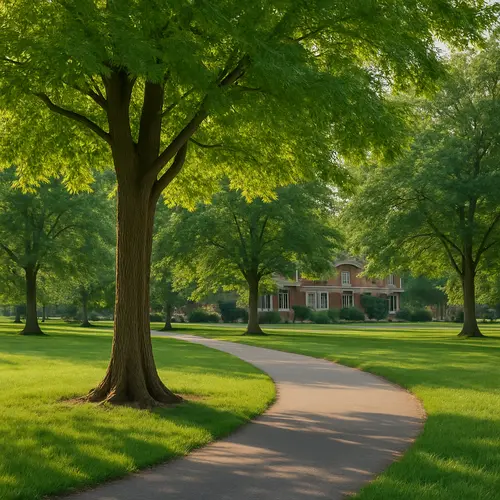The Effects of Neighborhood Greening on Inflammation
Living environments shape human health in profound ways. Recent research highlights the effects of neighborhood greening on inflammation, showing how simple ecological interventions can lead to measurable health benefits. By planting trees and increasing greenery in urban areas, scientists observed significant reductions in markers of inflammation among residents.
Why Greening Matters for Public Health
Inflammation is a natural biological response, but when persistent it contributes to diseases such as diabetes, heart disease, and stroke. The benefits of greener spaces are vital because they reveal how community-level changes influence public health. Instead of relying only on medications or lifestyle changes, greener spaces provide natural, accessible health protection.
Scientific Evidence Behind The Effects of Neighborhood Greening on Inflammation
A landmark study from Louisville, Kentucky, known as the Green Heart Project, examined the impact of greening initiatives in adults aged 25 to 75. Researchers planted over 8,000 trees and shrubs in selected neighborhoods, while other similar communities remained unchanged. Blood tests showed that residents in greened areas had 13% lower C-reactive protein (CRP) levels, a biomarker of inflammation.
The study also revealed that higher vegetation density, measured through the Normalized Difference Vegetation Index (NDVI), correlated with even greater reductions in CRP. A modest increase in NDVI was linked to a 16% decrease in inflammation markers.
How Greening Helps Reduce Inflammation
Although the exact biological mechanisms remain under investigation, several explanations exist:
- Air Quality: Trees filter pollutants, reducing exposure to harmful particles that trigger inflammation.
- Stress Reduction: Natural environments lower stress hormones, which in turn reduce inflammation.
- Infrared Light Reflection: Some studies suggest leaves reflect near-infrared light that helps repair cells and reduces inflammation.
These pathways highlight how greener neighborhoods extend beyond aesthetics, providing direct health benefits.
Public Health Implications
The results suggest that urban planning and health policy should prioritize green infrastructure. By integrating tree planting and ecological restoration into cities, governments can:
- Lower healthcare costs related to chronic inflammation.
- Improve cardiovascular outcomes at the population level.
- Create healthier, more livable neighborhoods.
Equity is also essential, as low-income communities often have less access to greenery. Expanding greening projects in underserved areas could help reduce health disparities.
Conclusion: Building Healthier Cities
The science is clear: neighborhood greening brings measurable health benefits. Planting trees does more than beautify a city; it lowers inflammation, reduces disease risk, and builds stronger communities. As urbanization increases, investing in green spaces may be one of the most effective public health strategies of the future.
Final Insight
Neighborhood greening is more than an environmental initiative—it is a proven public health strategy. Even modest increases in greenery can lower inflammation and improve long-term health outcomes for entire communities.
The following post may interest you
Long COVID Inflammation Damages the Heart

